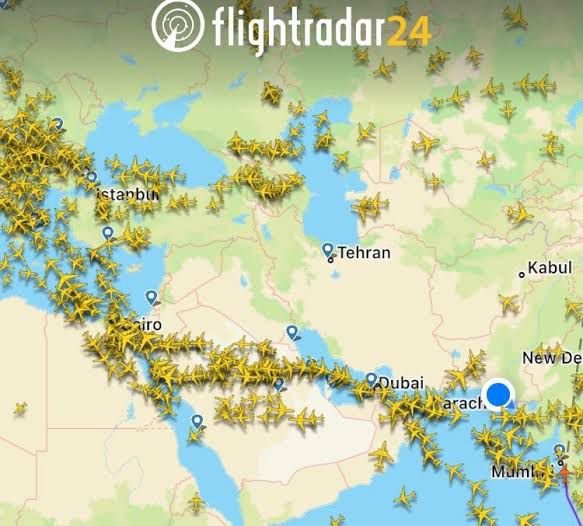As geopolitical tensions flare across the Middle East, several countries have restricted access to their airspace, prompting international airlines to seek alternative routes. In this shifting landscape, Pakistan’s airspace has emerged as a critical corridor for global aviation. Airlines are increasingly rerouting through Pakistan to avoid conflict zones, resulting in a significant uptick in overflight traffic.
This strategic shift is putting Pakistan at the center of international air navigation, highlighting its geographic advantage as a connective bridge between East and West. Aviation experts believe this development could yield short-term economic benefits through increased overflight fees and service demand. More importantly, it positions Pakistan as a key player in global aviation logistics.
However, this opportunity comes with its own set of responsibilities. Managing the surge in air traffic requires robust air traffic control infrastructure, enhanced security protocols, and a stable diplomatic posture to ensure safe and seamless navigation for international carriers. The country must balance its growing aviation role while maintaining neutrality amid regional tensions.
In a world where airspace access can shift with the winds of conflict, Pakistan’s skies are becoming more than just a passage—they are a strategic asset. The coming months will test how well Pakistan can manage this role and turn an emergent necessity into long-term opportunity.






